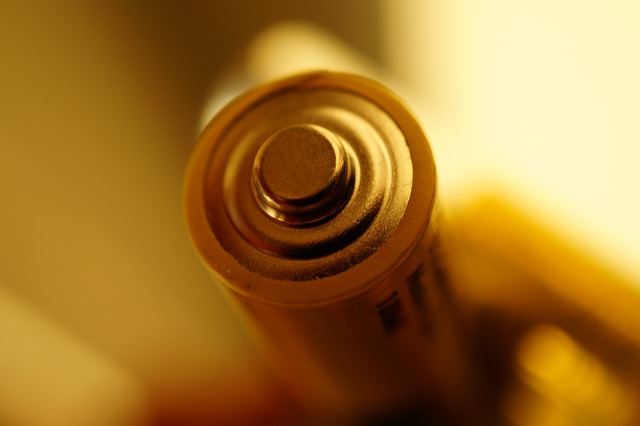
Scientists from the Harvard John A. Paulson School of Engineering and Applied Sciences (SEAS) led by Michael Aziz (Gene and Tracy Sykes Professor of Materials and Energy Technologies) and Roy Gordon (Thomas Dudley Cabot Professor of Chemistry and Professor of Materials Science) have invented a new kind of battery that could theoretically run for more than a decade with minimal degradation.
Based on the details of their research published in the journal ACS Energy Letters, the battery is something referred to as a redox flow battery — a kind of battery that stores energy in tanks of liquid, then makes use of the ion exchange between those two liquids to generate electric charge.
Flow batteries have been around for a while. And as useful as this type of battery is, there’s one major problem with it — it degrades rapidly after a certain number of charge/discharge cycles.
This is the challenge the Harvard SEAS team tried to overcome. And they started by figuring out what was causing the molecules in the neutral solution to degrade too quickly. They focused on the molecule viologen in the negative electrolyte, and the molecule ferrocene for the positive electrolyte.
By modifying the structures of the said molecules, they were able to turn them from insoluble molecules into highly soluble ones that could be cycled repeatedly. In other words, with the structural modification done, the electrolytes could now be dissolved in neutral water, resulting in a battery that degrades minimally — every 1,000 cycles, it only loses 1% of its storage capacity. At this degradation rate, the battery is expected to last for about 10 years. To put things in perspective, a lithium-ion battery can only last for a couple of years at the most because it can barely survive 1,000 cycles.
Aside from being long-lasting, the battery is also non-toxic — if it spills on your skin, you won’t get burned or injured. It’s non-corrosive as well — if it gets spilled on your floor, it won’t eat your concrete or your tiles.
Because the battery is non-corrosive, it can be built using inexpensive materials. In line with the Department of Energy’s (DOE) goal of building a battery that only costs $100 per kilowatt-hour so stored wind and solar energy can compete with energy produced from traditional power plants, this new flow battery can potentially be the perfect candidate to meet that goal.
A cheap way to store renewable energy will make clean energy more attractive to the public. With that comes the possibility of helping halt global warming. And our planet will surely welcome that.
As Aziz said in a statement they issued: “If you can get anywhere near this cost target then you change the world. It becomes cost effective to put batteries in so many places. This research puts us one step closer to reaching that target.”
Disclaimer: This page contains affiliate links. If you choose to make a purchase after clicking a link, we may receive a commission at no additional cost to you. Thank you for your support!

sure might tip the scales to solar powers use.